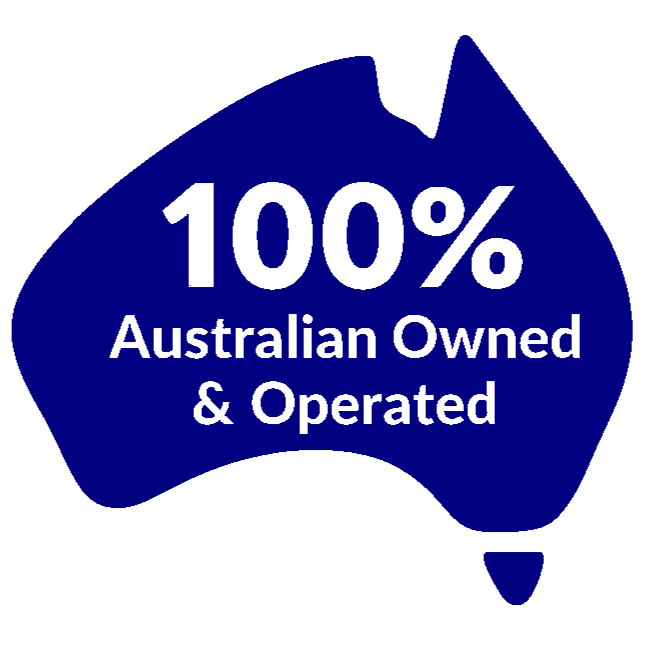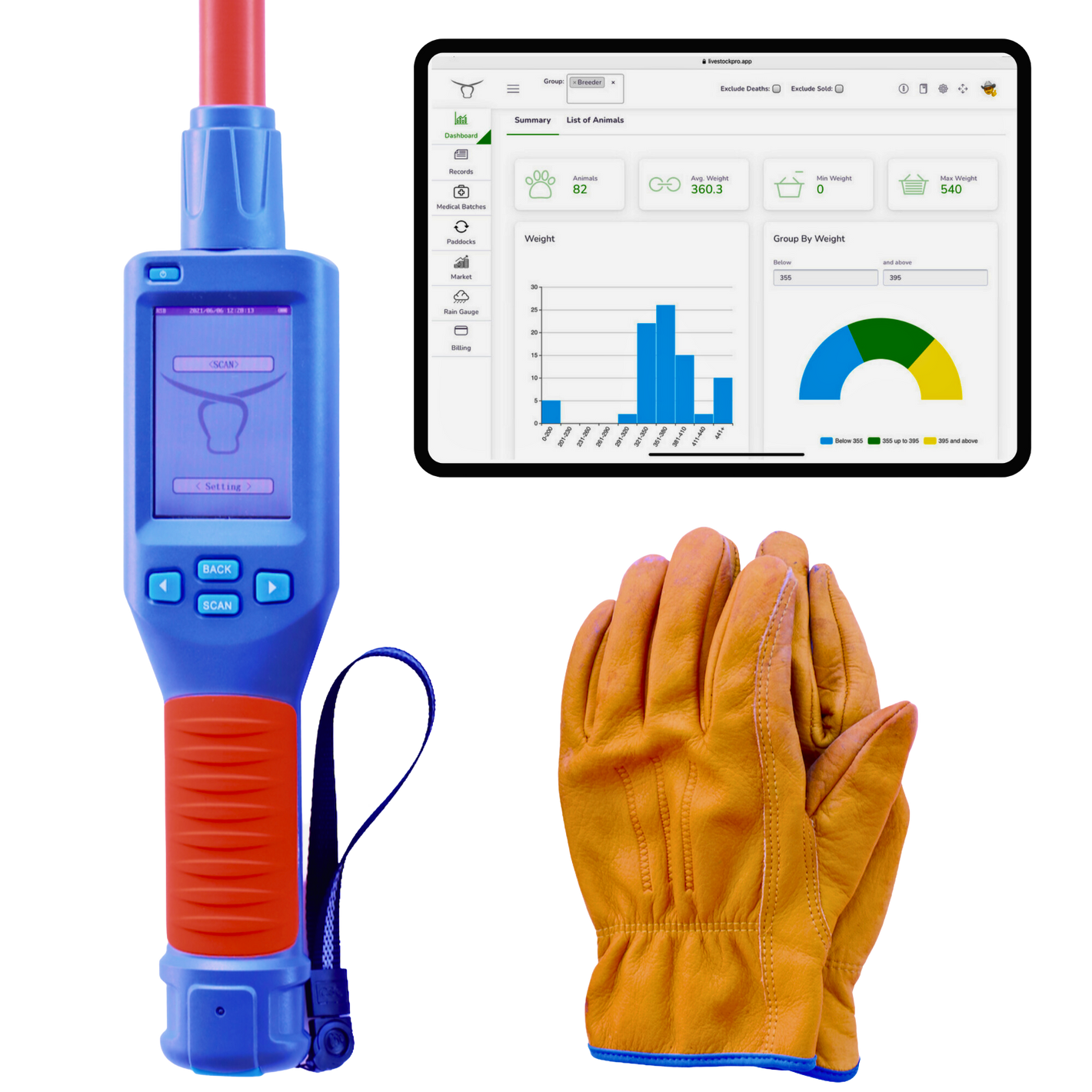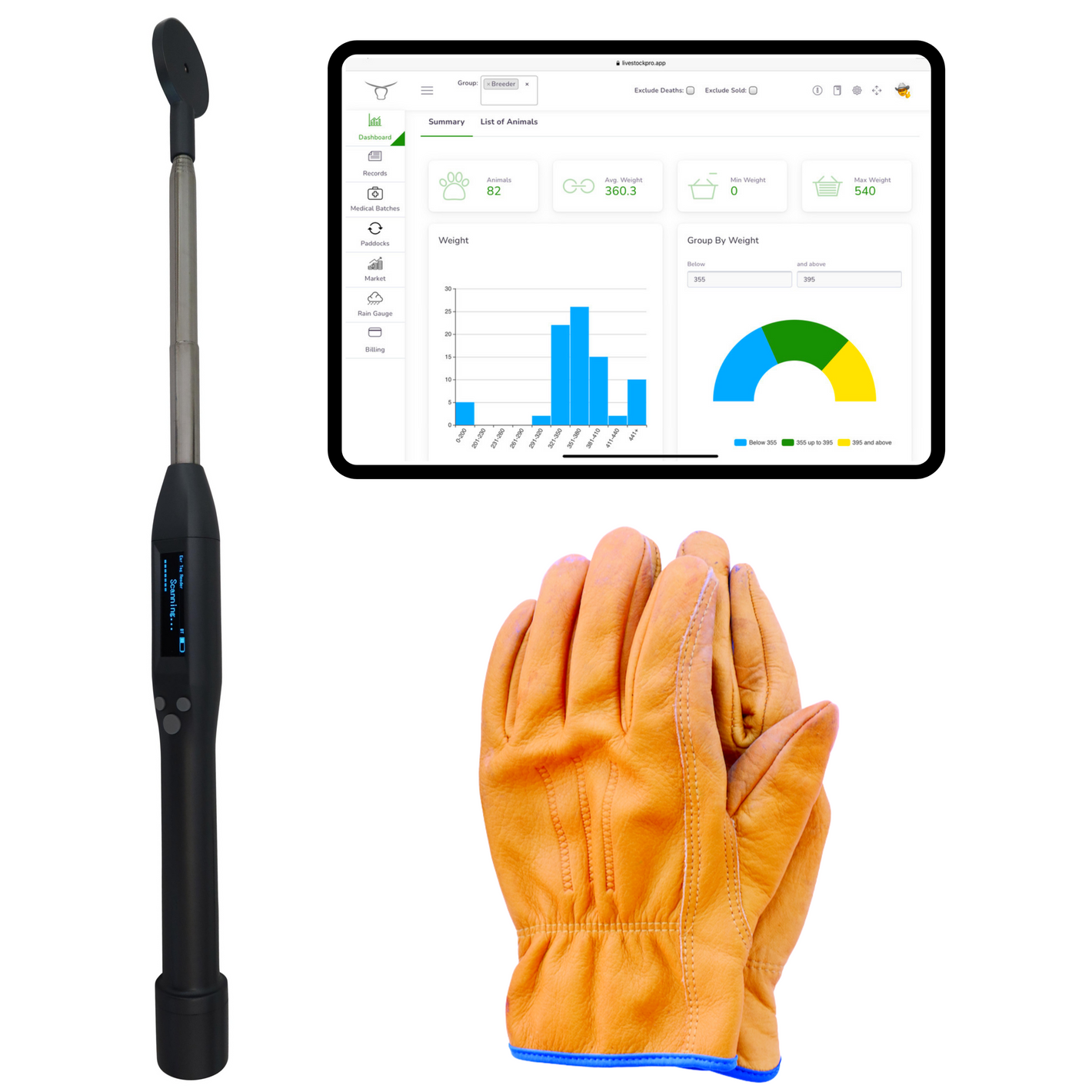Farming in Australia has come a long way. It’s no longer just about raising cattle or tending sheep—today’s farmers deal with compliance, data, and technology almost as much as dirt and diesel. One piece of gear that’s becoming indispensable in all this? The NLIS tag reader.
What Exactly Is an NLIS Tag Reader?
At its core, the NLIS—or National Livestock Identification System—is Australia’s animal traceability framework. Every head of cattle, sheep, or goat must have an electronic ear tag. That tag links to a central database that tracks the animal’s life journey, from paddock to processor.
The NLIS tag reader is how farmers interact with those tags. Whether it’s a rugged handheld scanner or a mounted unit at the yards, the reader pulls data from the tag with a quick scan. From there, the info can be uploaded to your phone, laptop, or even straight to the NLIS portal.
The Problem With Doing It All by Hand
Let’s be honest—manually writing down tag numbers is a pain. It’s slow, prone to mistakes, and can be nearly impossible when cattle are moving fast. Miss one digit and you’ve got a record that doesn’t match up, which creates headaches during audits or sales.
Tag readers make that whole process cleaner and faster. A single beep gives you a digital record with no guesswork. Over the course of a week—or a busy sale day—that kind of efficiency really adds up.
Biosecurity Starts With Good Records
If disease breaks out, it spreads fast. Authorities need to know exactly where animals have come from, where they’ve gone, and who else might be affected. That’s where the NLIS system shines, and why accurate, quick reads from a tag reader matter so much.
You don’t want to be scrambling to find paperwork when a biosecurity officer is at your gate. With a reader, the details are already there—clean, digital, and searchable.
Easier Compliance = Less Stress
Australian farmers are no strangers to regulation. From movement reporting to animal treatments, there’s a lot to keep track of. NLIS compliance is just one more thing on the list—but an important one.
Using a tag reader means your records are more accurate, easier to submit, and less likely to get flagged. It’s one less thing to worry about during a busy season.
Saving Time in the Yards
Whether it’s weighing, vaccinating, or drafting, yards are a place where time counts. No one wants to hold up the process while trying to read a faded tag or jot down notes on the fly. An NLIS tag reader cuts that downtime. You scan, record, and move on. Done.
And with some models linking directly to livestock software, you can sync everything back to the office in real time.
Smarter Farm Decisions
Better data leads to better decisions. Tag readers allow you to track things like weight gains, breeding history, health treatments, and performance across seasons. When you know which animals are thriving and which are lagging, it’s easier to plan your culling, sales, or future purchases.
It’s not about adding more work. It’s about giving yourself the information to make every job count.
Helping Small Farms Run Like Big Ones
Tag readers aren’t just for big operations. In fact, small-scale and family farms stand to benefit the most. With limited time and fewer staff, anything that helps save labour or prevent mistakes is worth its weight in gold.
For example, scanning tags instead of writing them down means you can handle record-keeping solo—no extra help needed to jot things in a notebook while you hold a beast still.
Accessing Premium Markets
If you want to sell to premium domestic or export markets, traceability is non-negotiable. Meat processors, feedlots, and international buyers all want to know exactly where livestock have been and how they’ve been managed.
Being able to provide clean, accurate records using NLIS data helps open those doors. It can also mean better prices for producers who go the extra mile.
What to Look For in a Reader
Not all NLIS tag readers are the same. When choosing one, consider:
-
Build Quality: Can it take a knock or a bit of rain?
-
Battery Life: Will it get through a full day without dying?
-
Connectivity: Can it sync to your phone, tablet, or laptop?
-
Storage: Does it hold enough tag numbers for your needs?
-
Ease of Use: Will everyone on your team be able to pick it up and go?
Don’t just go for the cheapest one—go for what fits your operation.
Getting Started With Confidence
If you haven’t used a tag reader before, start small. Scan a few animals, see how it fits your workflow, and build from there. Make sure your team knows how to use it and how the data fits into your farm’s bigger picture.
And back up your data. Always.
Stories From the Paddock
Talk to farmers who use tag readers and they’ll tell you—it makes life easier. Some say it helped them through a compliance audit without breaking a sweat. Others appreciate how it reduced double handling in the yards.
In many cases, what started as a tool for NLIS compliance turned into something they relied on daily. And not just for scanning. Some use it to make culling decisions. Others track treatment history. One farmer even said it helped him realise a particular bloodline wasn’t performing and make a change that paid off within a season.
The Future Is Digital
Like everything else in farming, technology keeps moving forward. Today’s readers are already syncing to mobile apps, dictating notes with voice-to-text, and feeding into cloud systems. Tomorrow’s versions might even alert you to unusual weight loss or suggest treatment plans.
Whatever the future brings, the trend is clear: better data, better outcomes.
In Summary
The NLIS tag reader isn’t flashy. It won’t replace your stock trailer or help fix a broken gate. But it will make your farm run smoother, your records more reliable, and your compliance a whole lot easier.
And in a world where time is short and margins are tight, that’s a tool worth having in your pocket.



